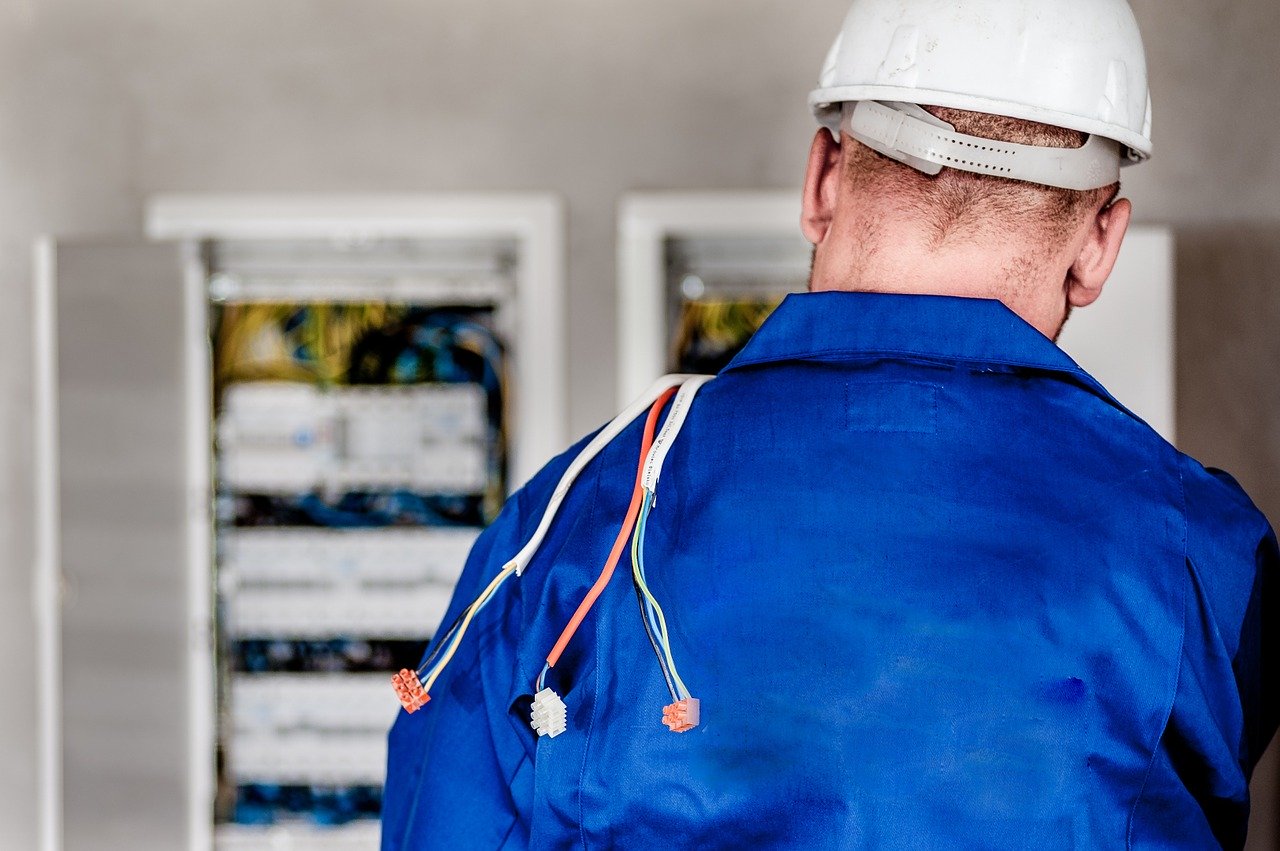Engineering body provides new guidance on support systems for M&E installations
The Building Engineering Services Association (BESA) is urging contractors and design professionals to adapt their approach to prevent inadequate fixings causing failures of mechanical and electrical (M&E) systems.
New guidance published by the trade association aims to promote best practice in engineering solutions that provide fixings and support for M&E installations.
What are M&E fittings and support?
M&E installations are an integral component of any commercial premises. A building will not perform well without a properly installed service infrastructure, including electricity, communications, data, security and fire alarm systems. For the duration of a building’s life this needs to be supported by planned maintenance programmes.
M&E services, provided through wiring, ducting, pipework and so forth rely on supports and fixings. Such fittings are critically important to the design of a building and how services will be routed through it.
Supports and fixings can also often be overlooked as commodity items, procured purely on price with a lack of regard for performance. Furthermore, they are often fitted by people who lack the competence to do so. Ultimately, there are many incidents within industry where support services have collapsed. This can have consequences that range from the inconvenient to the catastrophic.
Guidance on M&E fixtures and supporting structures
In an attempt to address the issue, authorities have tried to tighten up guidance. For example, there is a code of practice to accompany British Standard BS 8539 that addresses M&E fittings into concrete, but adoption has been slow and patchy.
The new technical guidance document published by the BESA is intended to provide advice on “best practice guidance for design, specification, installation and testing of supports & fixings for mechanical services systems in buildings.” The aim is to address knowledge and process gaps.
How M&E support and fittings should be approached
Ultimately, each type of fitting and support will have its own merits and limitations. The choice should be based on its function. There are other factors that come into play like end-user requirements, regulatory standards, integration with other trades and maintenance considerations during use.
As an often overlooked, yet critical factor in M&E installations, the support and fittings specified in design and procurement processes play a part in determining safety, lifespan and expenditure. Inspection and maintenance can further lower the risk of failures and whole life costs. Partnering with an experienced installation, maintenance and servicing company is the best way to do this.
To find out more about how Brooktech approach M&E installations and implement best practice, the on-site services we provide and how we support industry, simply get in touch with our friendly experienced team.








